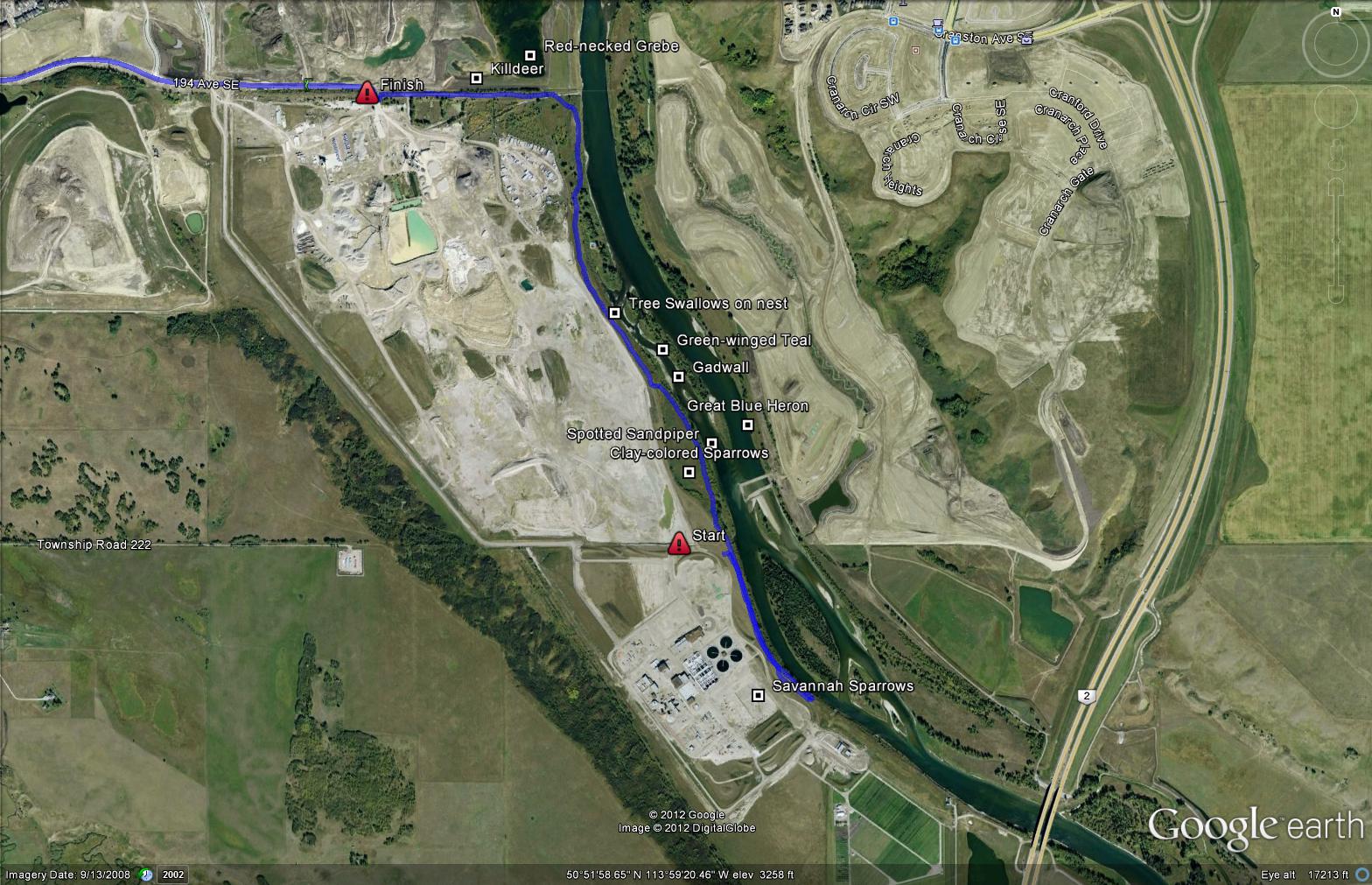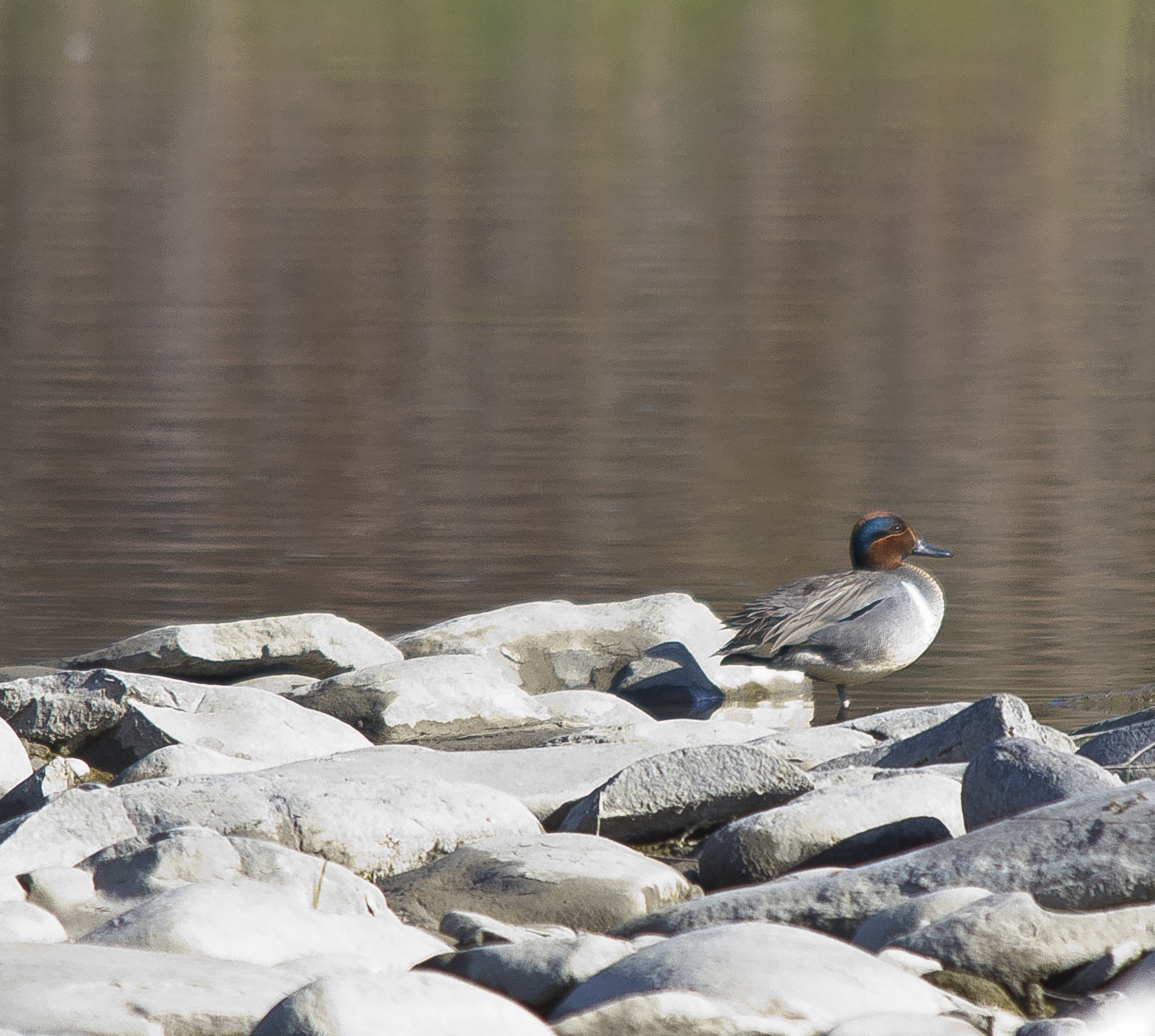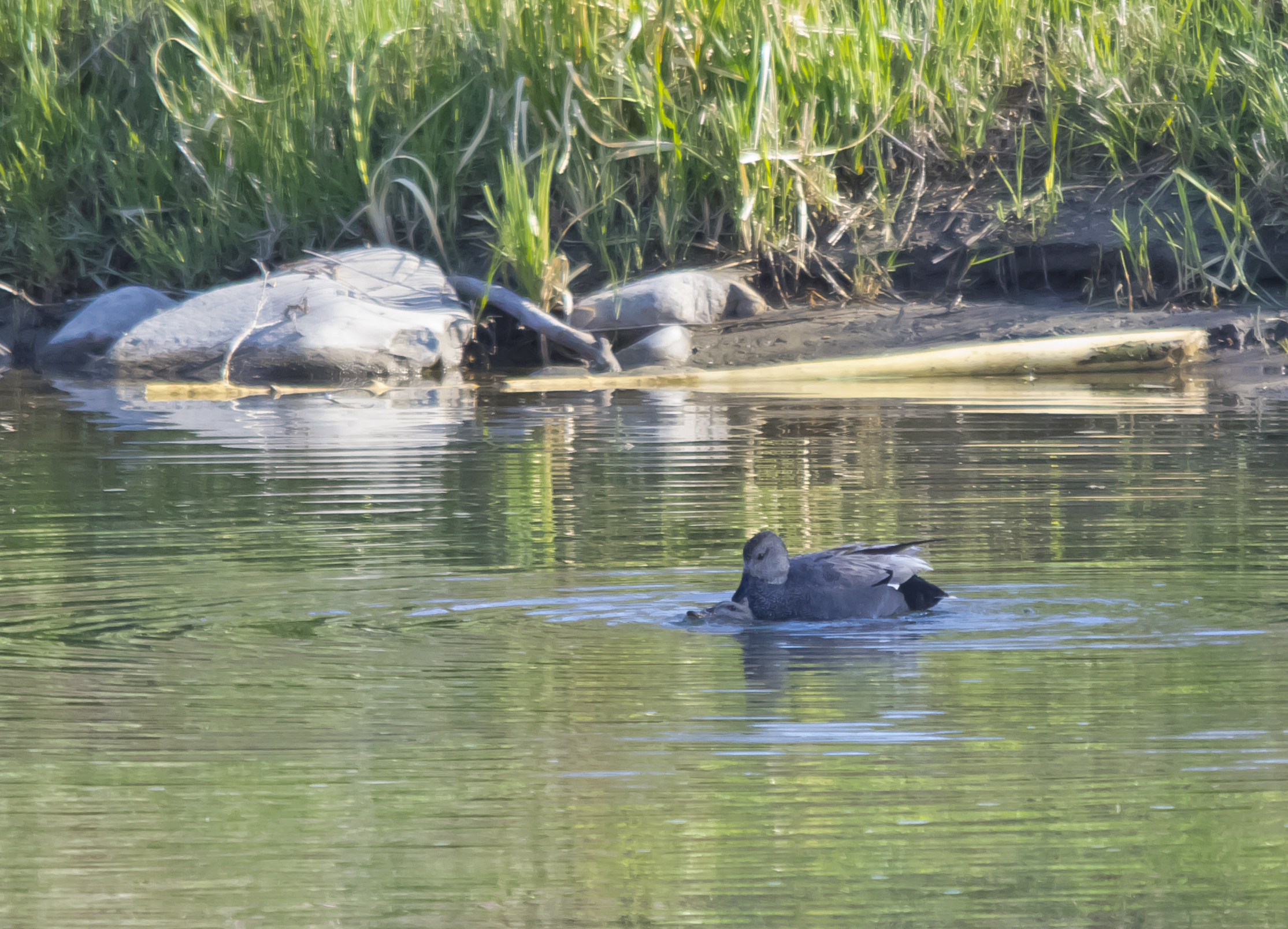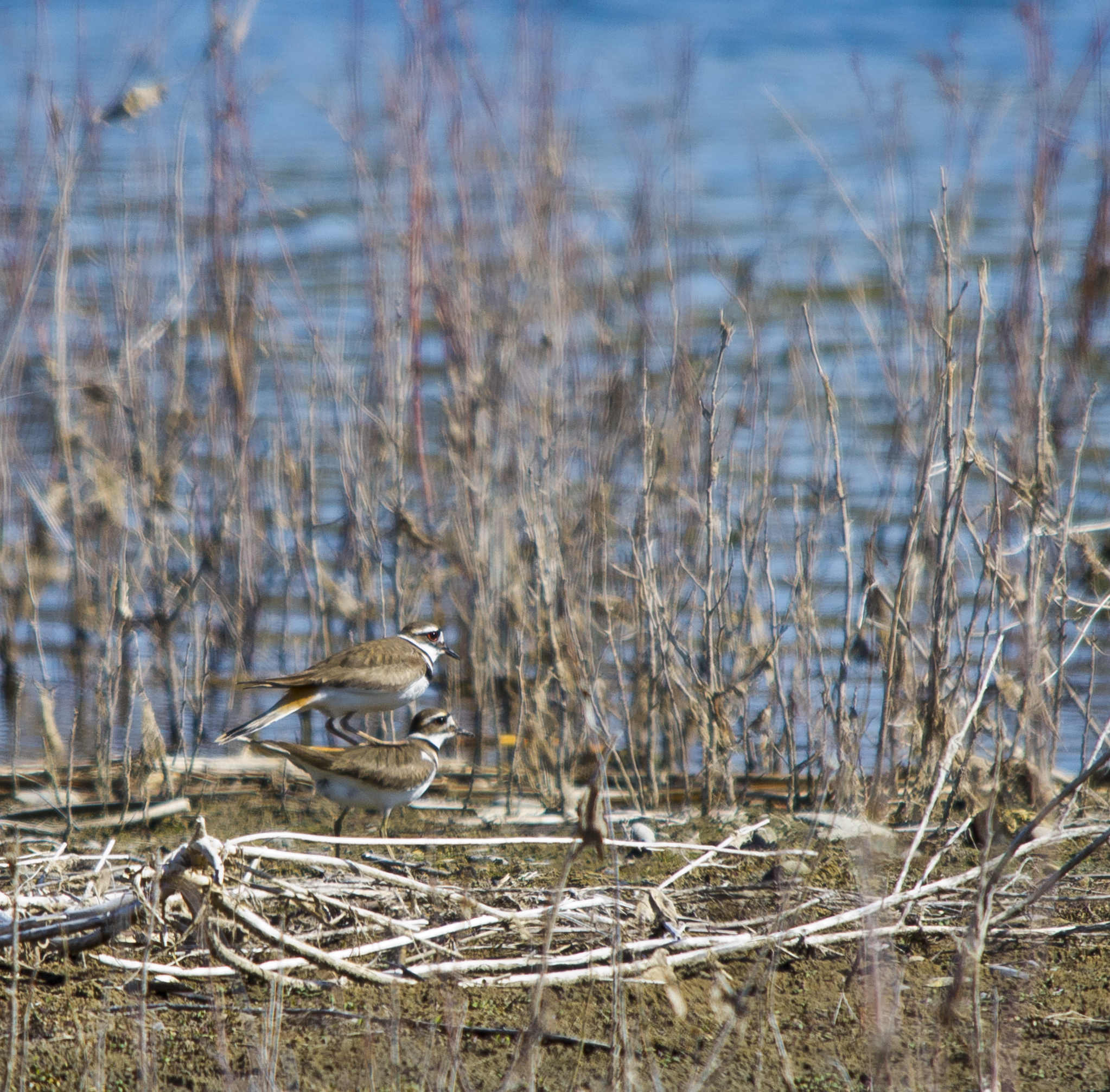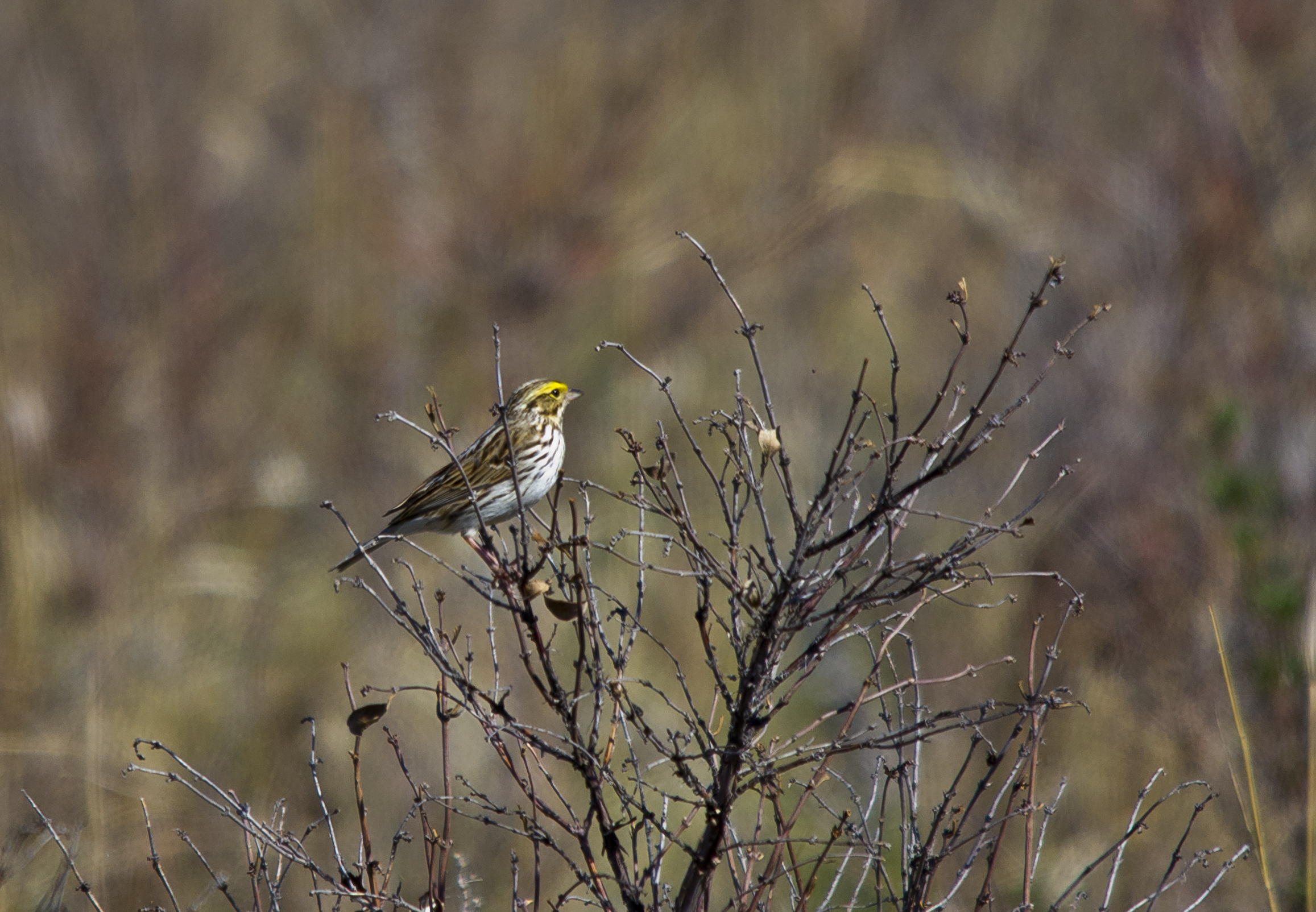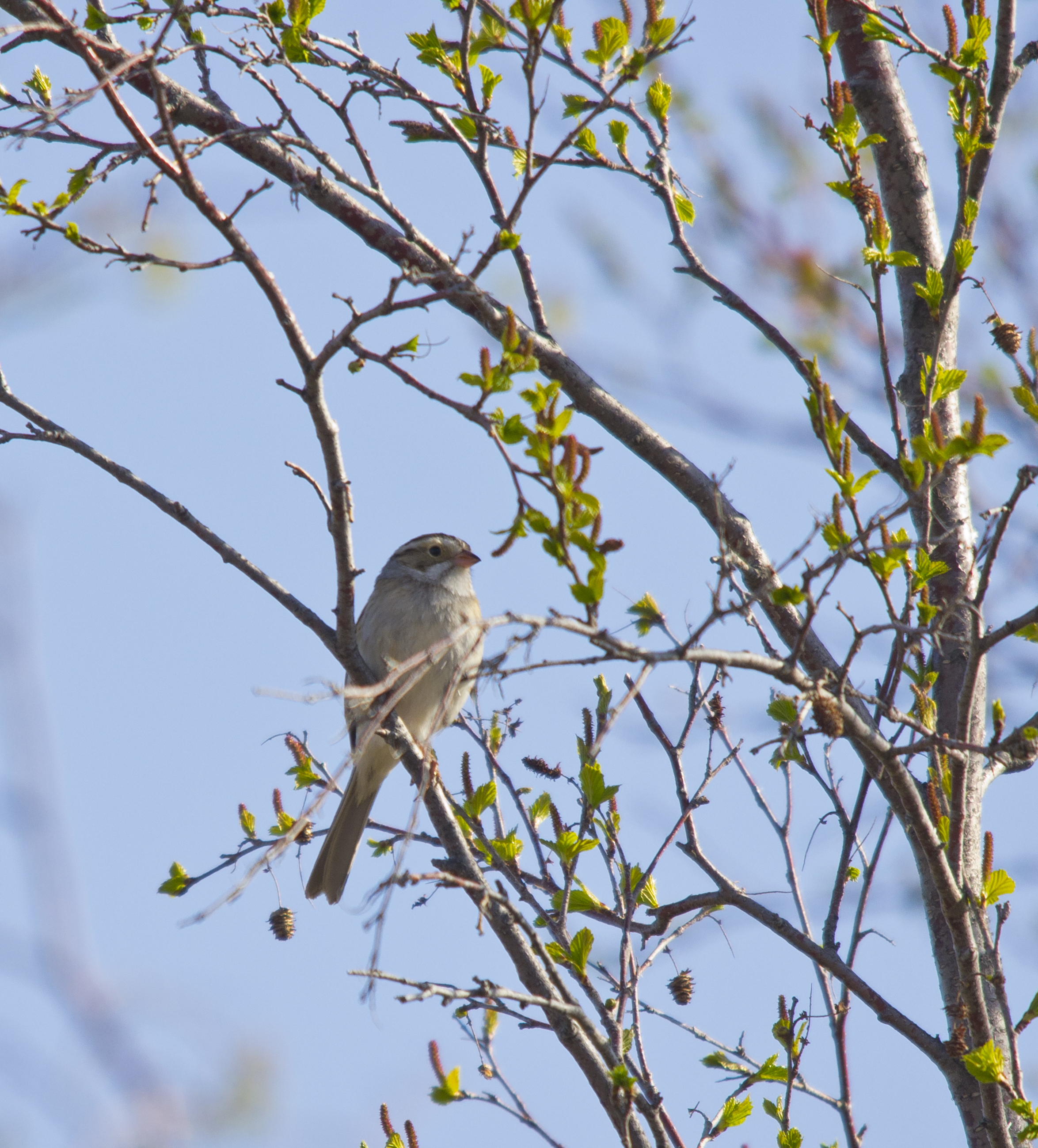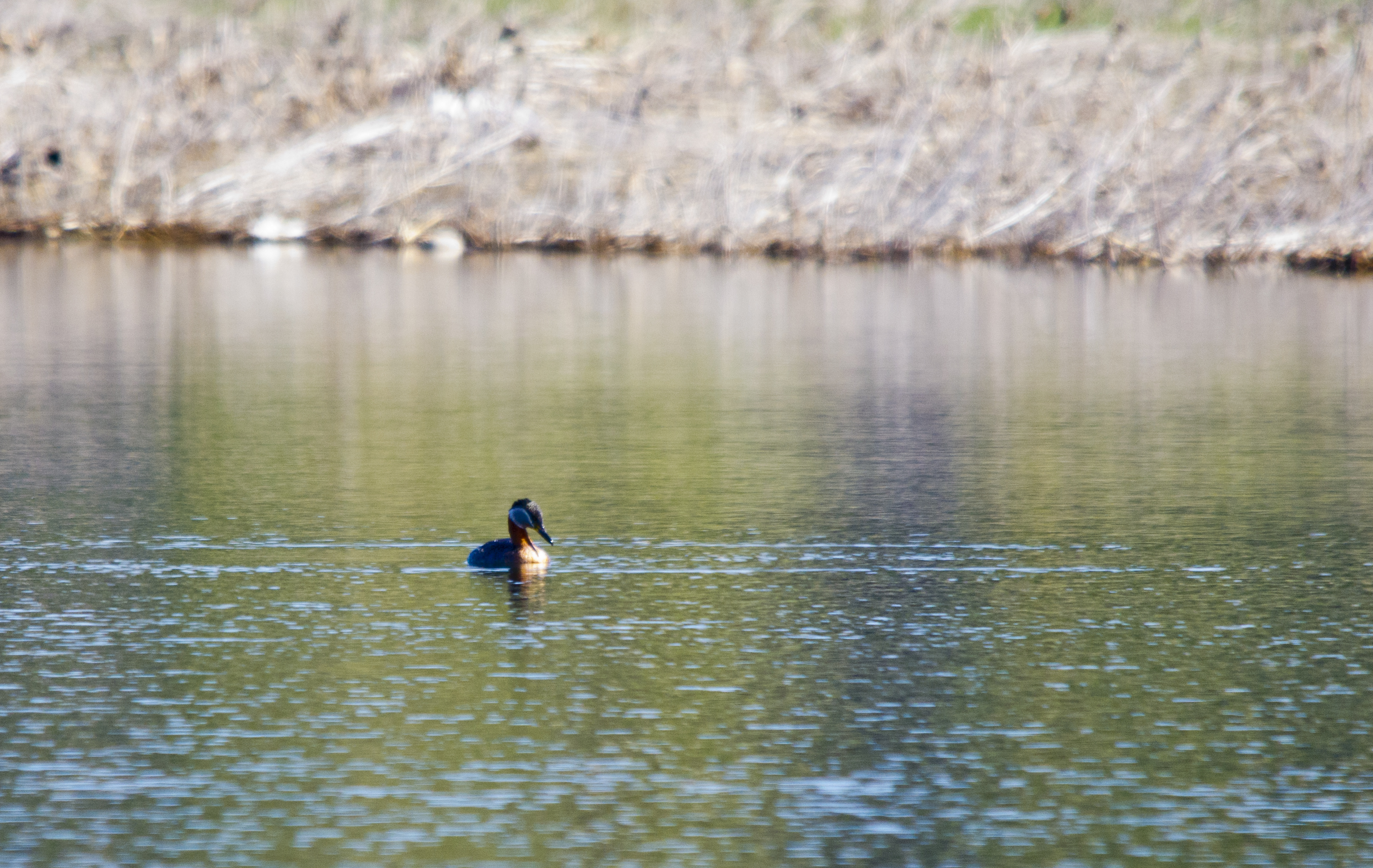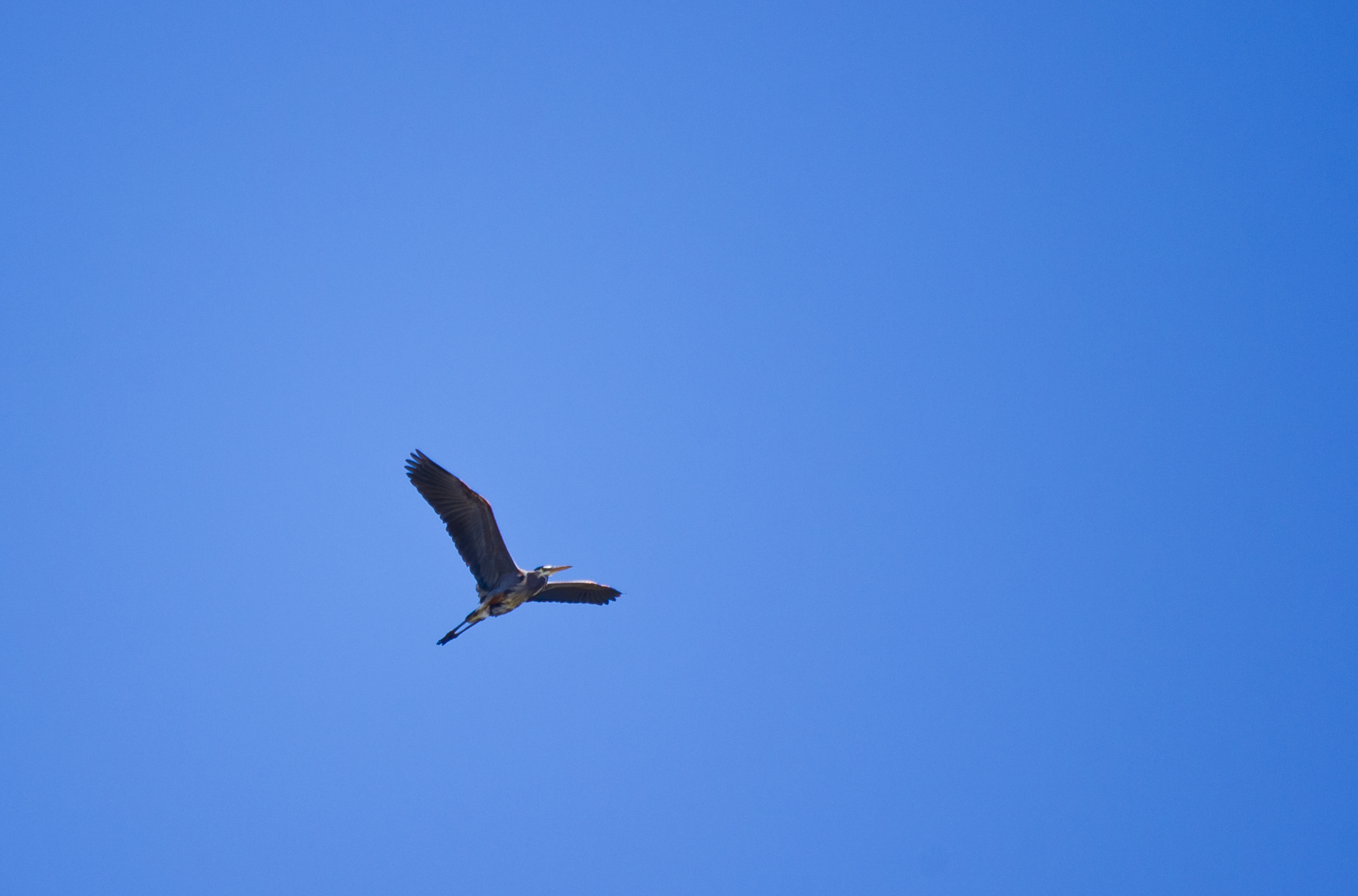Swainson’s Hawks have started to arrive back in the Calgary region. Now is a good time to reprint this article by Gus Yaki, which details the remarkable migration of these birds. The article was written in February 2007 for the Bird Studies Group of Nature Calgary. Reprinted by permission of Gus Yaki.
Meet the Species – Swainson’s Hawk
by Gustave J. Yaki
Right now (February 2007), almost all the Swainson’s Hawks of the world are in the Pampas, the treeless plains of South America, in central Argentina, Uruguay and Paraguay. The few exceptions are individuals trapped in the two appendages of North America.
One group of perhaps 50 birds, having made a mistake in navigation, or were blown off course, attempt to spend the winter in southern Florida, SW of Miami, between Homestead and the east boundary of Everglades National Park. Here they feed on insects and rodents in the temporary vegetable fields waiting to be turned into subdivisions.
Another group — several hundred birds, perhaps recent colonizers of southern California — have ended up in Baja California, Mexico. There, near Ciudad Constitucion, south of Loreto, an amazing diversity of cacti and other plant species, adapted to less than three inches of annual precipitation, have been bulldozed in order to grow wheat. Here, farmers are doing so by pumping up and spraying the fields with fossil water. The hawks feed on the grasshoppers and other arthropods living in those harvested grain fields.

Swainson’s Hawk. Photo by Pat Bumstead.
But the really big story begins about now, at the southernmost end of the Swainson’s Hawks’ winter range, at latitude 34 degrees South, about on par with the city of Buenos Aires in Argentina.
I thought that we’d begin by following an adult female, equipped with a satellite radio transmitter placed on her by Stuart Houston of Saskatoon, in 1996, near Kindersley, SK, not far from the Alberta border. This transmitter was programmed to send a signal, one to four times in eight hours, every sixth day. (C.S. Houston, Blue Jay 57:2)

This female had already begun her migration on 13 Feb. 1997, when she was making a short reconnaissance around the area where she had spent most of the winter.
Six days later, by 19 Feb., she had moved a straight-line distance of 325 km northward. We don’t know if she traversed that distance all in one day or flew every day for an average of 54 km a day. Remember, she had been relatively sedentary most of the winter.
However, by 04 March, she was in Bolivia, an additional 1570 km. If she flew every day, she averaged 158 km a day for this segment. By 10 March, she was in the upper Amazon area of Brazil, near Peru, a further distance of 1330 kms — or an average of 221 kms daily.
Obviously, she couldn’t have flown on days when it rained, as it often does there — at least not very far, so some days she must have covered greater distances. An adult female, trapped near Hanna, AB in 1995, over a 7-day period in Oct. and 2-three day periods in early November averaged 536, 565 and 473 km/day (J.K. Schmutz et al, Blue Jay 54:2).
Because the satellites take a north-south polar orbit, they are widely dispersed in the equatorial regions. The next signal was not received until nineteen days later, early on 29 March when she was in Chiapas in southern Mexico, a total accumulated, straight-line distance of 6,475 kms. She probably had crossed the Equator about the first day of our spring. She then traversed the Andes Mountains over Colombia to find the Isthmus of Panama. Once there, she mainly followed the Caribbean side of Panama and Costa Rica, before crossing to the Pacific side of Nicaragua, probably El Salvador, Guatemala and into Mexico.
Backing up a bit — by the time she reached northern Argentina, she would have been joined by thousands of other Swainson’s Hawks. In 1972, Neal Smith counted 344,409 Swainson’s passing over Ancon Hill, at the south end of the Panama Canal, near Panama City, during the autumn migration (J.K. Schmutz et al, Blue Jay 54:2).
Now, when migrating, the “Buteo” hawks seldom flap their wings, except to get air-borne. They make most of this long journey by using SOLAR energy.
When the sun shines, it heats the ground. This results in the air immediately above the soil being warmed, causing it to rise. Once the air temperature is above 10 degrees C, the rising air column is strong enough to lift the hawks high into the sky — like riding an elevator. Having gained the maximum lift on this “thermal”, as the rising air mass is called, our hawk set her course northward, and glided on to the next thermal, perhaps ten kms further along — to again be elevated, to repeat the process throughout the sunny part of the day.

Soaring Swainson’s. Photo by Bob Lefebvre.
On clear days, at her starting point, latitude 34 South, she could have been aloft by 9 a.m. — and flown until 4 p.m. Nearer the equator, she could have been up much longer. I have seen hawks up, over Panama and Costa Rica in late March, flying as early as 7 a.m., and others still up at 5 p.m.
Once she had reached Panama, she was also flying with tens of thousands of Broad-winged Hawks and Turkey Vultures, as well as a few other species — a veritable river of raptors. By flying in a long column, the trailing hawks, watching the hawks ahead, are able to see where the next uplifting air mass is located.
As the day wears on and the sun begins to sinks in the west, the ground is no longer being adequately heated. The result is that the raptors lose their lift, and must descend to the earth for the night.
When 200,000 birds drop out of the sky into one area, there is no way that all can find food. So most hawks make the major part of this long journey on an empty stomach — as the lack of feces or whitewash below their nocturnal roost would suggest. However, uncomfortable as this may be, it can be advantageous. By not eating, birds are lighter, and therefore able to start flying earlier the next day — theoretically, getting to their destination sooner. They do, however, need to drink, to counter dehydration.
Having reached southern Chiapas in Mexico by 29 March, our female was next reported at Cotulla, just north of Laredo in south Texas on 04 April. Here, the hawks could spread out and feed again, if needed. No signal was received on 10 April, but by 16 April, she was at Lamar, Colorado. She was presumably still feeding and resting in this area, moving only another 170 km by 23 April. Perhaps there were no thermals or winds to assist her. Then a final jump of 1575 kms (a average of 263 km/day) brought her back to her previous year’s nest, where she was observed on 29 April.
She had completed a straight-line distance of 10,520 km in just under 11 weeks. Actually, her total journey would have been many thousands more kms if we could follow her compete path over the earth.
Not all the Swainson’s Hawks live in the nearby prairies. Some go on much further, to the Yukon and into the N.W. Territories to near the mouth of the Mackenzie River. Others go into eastern Alaska. Their migration is one of the longest in the bird world, certainly of the new world raptors.
Having reached her breeding area, presumably with her mate of previous years already there, being monogamous, she likely quickly re-mated, helped repair the old nest or build a new one, laid 2-4 speckled eggs, then began incubation — all within about two to three weeks. The earliest reported egg-laying date in Alberta is 06 May — the mean average date being 23 May (L. Priestly, Blue Jay, 63:1). The eggs hatch 28 to 35 days later, usually between mid June and early July, with the mean date of 27 June.
The growing young, mainly fed young Richardson’s Ground Squirrels, remain in the nest — depending upon the weather and availability of food — for about another 45 days. They usually fledge in early August — the mean being 11 August — although young have still been in the nest as late as 03 Sep. The adults continue to feed the young for the next several weeks until they are able to successfully hunt for themselves.
In early September, Swainson’s Hawks begin to gather in small groups, in harvested grain fields. Here they now feed almost exclusively on grasshoppers, averaging 100 of these a day. Accumulating in ever-growing numbers, they begin to slowly drift southward. By the end of September, virtually every healthy Swainson’s Hawk has left Canada, on average, a little over five months or 21 weeks after their spring arrival. In the case of Stuart Houston’s hawk, in 1996, she started her return journey, following a slightly different but parallel route, on 22 September and reached her wintering area by 30 November. There she spent the next eleven weeks — before starting the annual cycle all over again. Like other tropical migrants, she was experiencing Perpetual Summer.
Her spring migration equaled almost 11 weeks; the breeding season lasted almost 21 weeks; her autumn migration was 9 weeks; and her winter stopover was 11 weeks, for a total of 52 weeks. In total, she was in transit for 20 weeks, almost five months, just to have the opportunity to reproduce the next generation and perpetuate her species. — And just maybe, in the process — she filled those of us aware of her achievements, with awe and wonder!

Photo by Anne Elliott.
Longevity & other statistics
A Swainson’s Hawk banded as a nestling by Edgar T. Jones of Edmonton, at Cereal, AB on 17 July 1988, was found dead at Quemu Quemu, LaPampa province, Argentina, in Feb. 2007. Having made 19 trips southbound and 18 northbound, Stuart Houston calculated that it would have travelled a minimum distance of over 400,000 kms during its migrations. (Blue Jay, 65:3, p.164)
Most Swainson’s Hawks do not nest until three years of age (B. Woodbridge et al, J. Raptor Res. 29), after having made three round trips.
A Swainson’s Hawk banded in California was still alive after 24 years (C.S. Houston, Blue Jay 63:1).
Swainson’s Hawk’s wingspread is 51 inches, compared to 49 inches for Red-tailed Hawks, which migrate only as far as Southern USA. The average Swainson’s weighs 855 g, compared to 1080 g for Red-tailed Hawks. (D.A. Sibley, 2000. The Sibley Guide to Birds, New York, Alfred A. Knopf).
In early 1996, Brian Woodbridge of California followed his radio-equipped hawks to Argentina. He thereby happened upon 700 dead hawks, killed by eating grasshoppers sprayed with the pesticide Monocrotophos, made by Ciba-Geigy. Two assistants, who visited sites of other radio-equipped birds also happened on massive kills. From 4847 carcasses examined, nine carried bands, seven of them from Alberta and Sask (C.S. Houston, 1996, Blue Jay 54(2). There was apparently a similar kill the year before, with at least one other banded bird from SK.
